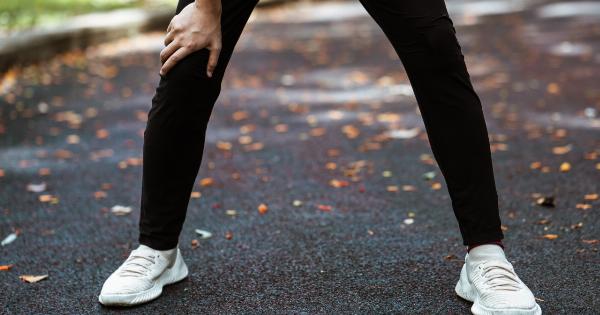A Cesarean section or C-section is a surgical procedure in which a baby is delivered through an incision in the mother’s abdomen and uterus. C-sections are generally performed if a vaginal delivery would put the baby or mother’s health at risk.
C-sections are major surgeries and like all surgeries, recovery can take some time.
Immediate Postpartum Healing
After a C-section, healing begins right away in the recovery room. The first few hours after surgery are critical for monitoring vital signs, managing pain, and preventing infection.
The mother may have an epidural catheter or a PCA pump to help with pain management.
The mother may feel some discomfort, which is normal after surgery. Pain medications can be given through intravenous (IV) infusion, oral medication, or an epidural.
After the anesthesia wears off, the mother will be encouraged to get out of bed and walk around. Walking promotes blood circulation, which can help reduce the risk of blood clots. Nurses are available to help with mobility if needed.
Breastfeeding can also be initiated in the recovery room. Breast milk has a great many benefits for both mother and baby, and starting early can help the healing process along.
If the mother is not able to breastfeed immediately after surgery, pumping can be done to help initiate milk production anyway.
Short-term Recovery
The first few days after surgery is considered the short-term recovery period. During this time, mothers are advised to take things slow. They may still feel some pain or discomfort, and should continue to take pain medication to manage this.
The mother should avoid lifting anything heavy, including the baby, as this can exacerbate pain and delay healing.
The incision site will be checked frequently, and any drainage or swelling should be monitored. It’s important to follow the doctors’ instructions for wound care to avoid infection.
Moms are encouraged to wear loose-fitting clothing that doesn’t rub against the incision and to keep the area dry.
It’s also important to keep up with nutrition during this time. Food can help with healing, and typically a mother’s appetite will return after a day or two. You should also drink plenty of water to help flush out any medication and to keep hydrated.
For the first six weeks after surgery, the mother should avoid strenuous exercise or anything else that puts too much pressure on the incision site. Light walking is okay, but be gentle with yourself.
Avoid lifting anything heavy, like the baby’s car seat or stroller.
Long-term Recovery
After the initial recovery period of a few days to a week, the body will continue to heal. This can take up to six months. The mother can resume normal activities as pain allows, but should still avoid anything too strenuous.
It’s normal for there to be some numbness or itching around the incision site. This will go away over time, but in the meantime, rubbing or scratching the area can damage the skin and delay healing.
Occasionally, women who deliver via C-section can experience emotional and mental health symptoms in addition to the physical symptoms. Mothers should reach out for help if they’re experiencing symptoms like depression or anxiety.
C-section scars can take a long time to fade, but over time they typically become less visible. It’s important to keep the area well-moisturized to help with healing and to avoid developing keloid scarring.
Conclusion
C-section delivery is a major surgery that requires a longer recovery time than vaginal delivery. The first few days and weeks after surgery should be taken slow, with the mother focusing on rest, wound care, and nutrition.
As the body continues to recover, normal activities can be resumed, but care should still be taken to avoid anything too strenuous. With proper care and attention, the body will heal, and the mother can enjoy the joys of motherhood.






























